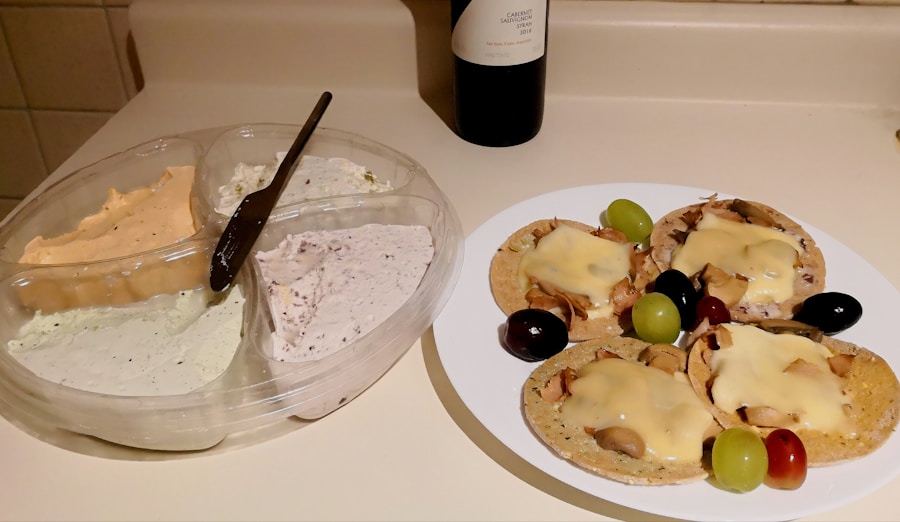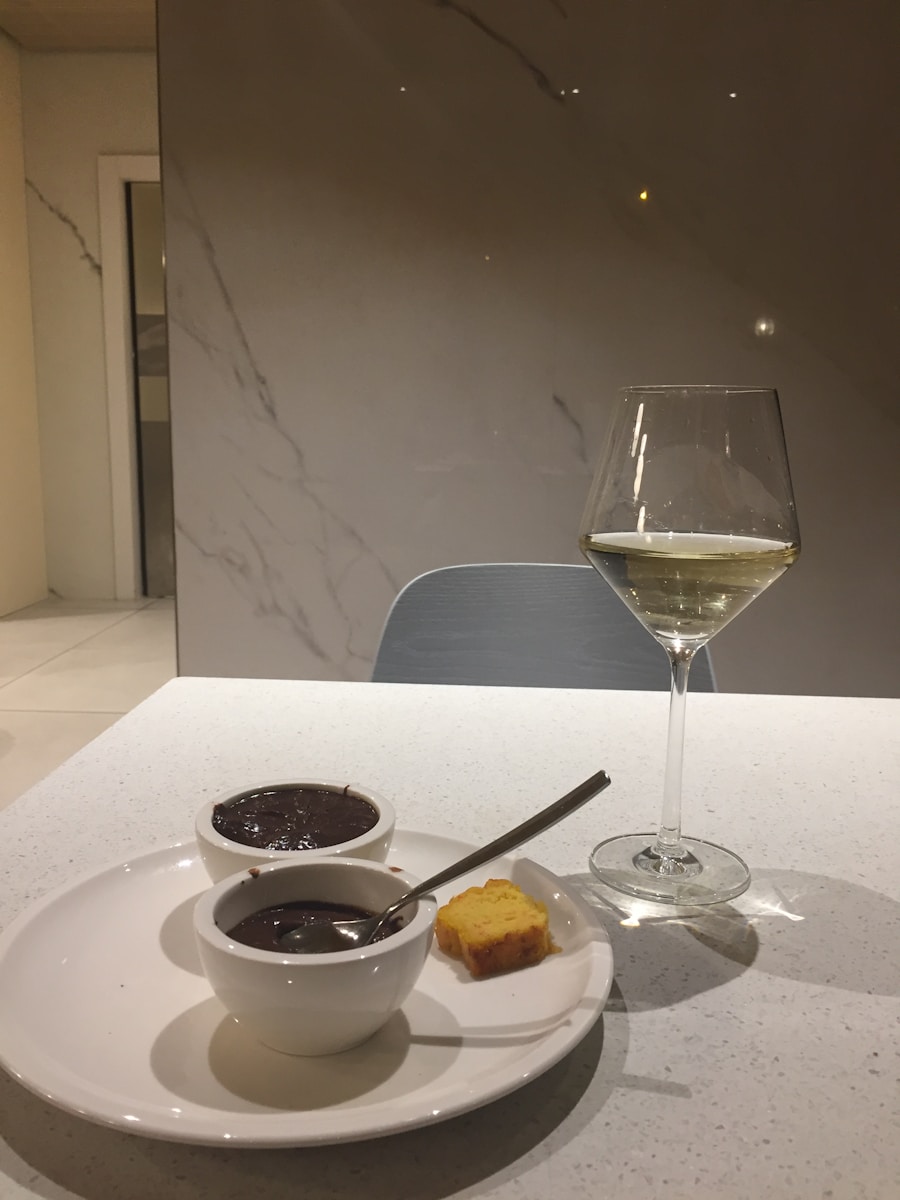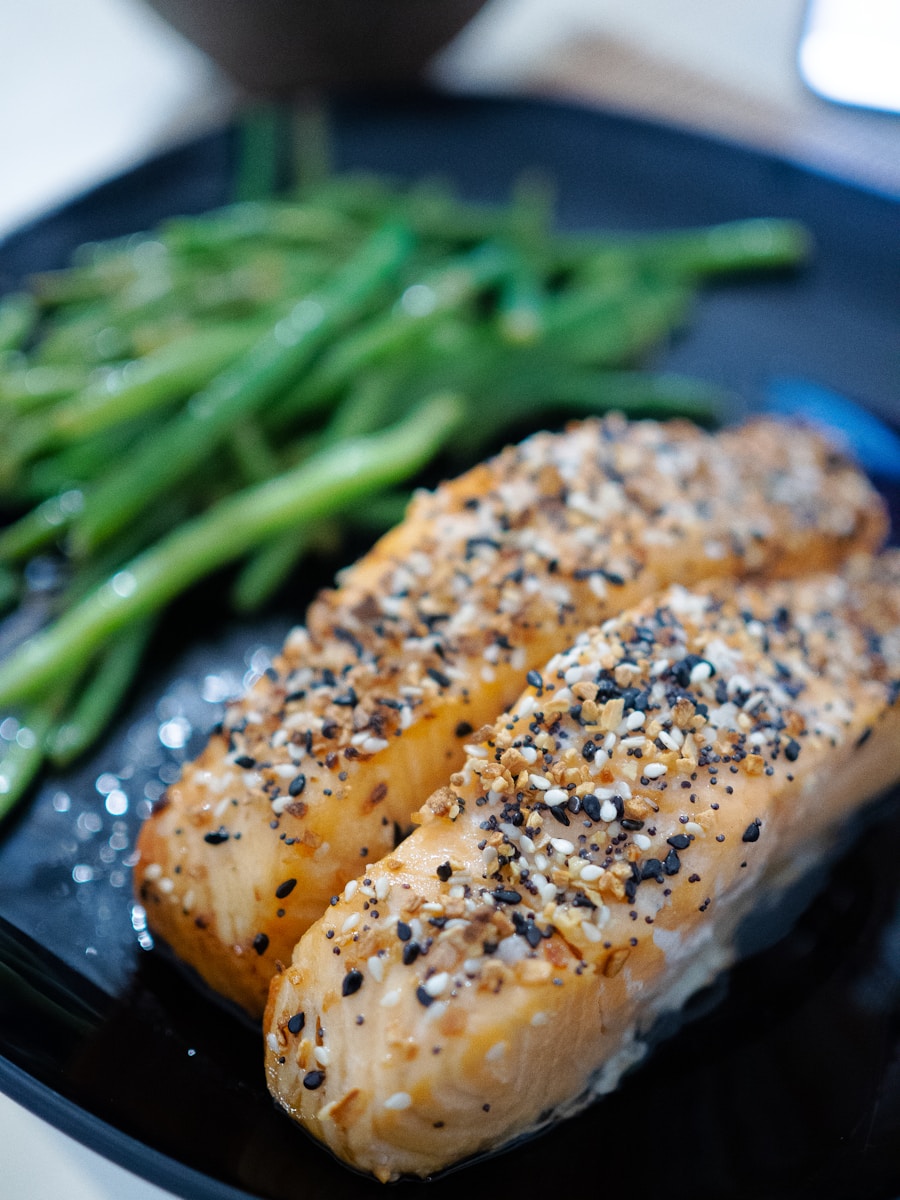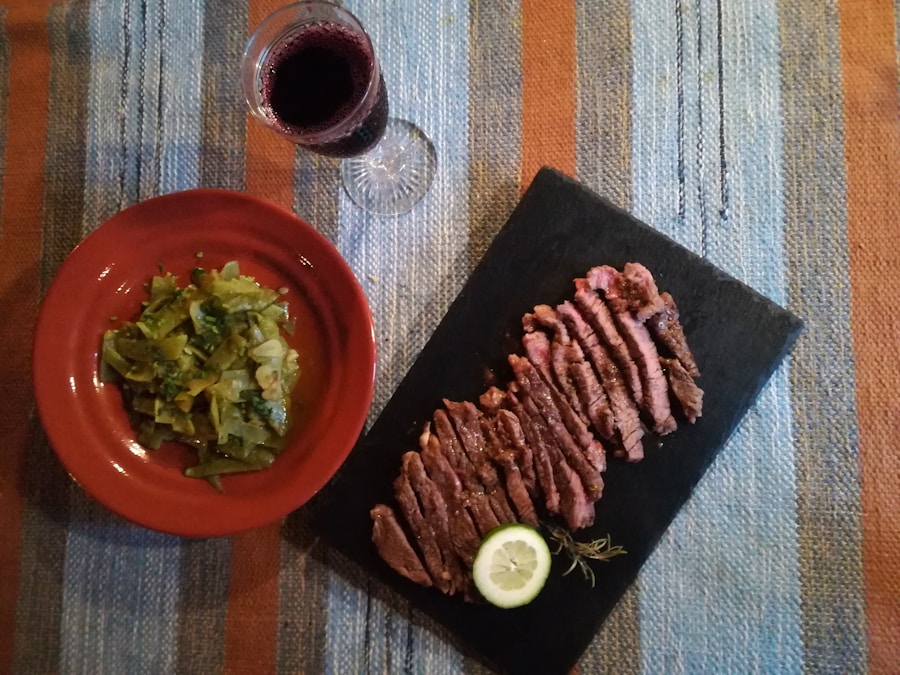Pairing wine with food is an age-old practice that enhances the dining experience by creating a harmonious balance between the flavors of the dish and the characteristics of the wine. At its core, the art of pairing revolves around understanding how different elements in both wine and food interact with one another. The primary goal is to elevate the overall taste, allowing each component to shine without overpowering the other.
This delicate balance can be achieved through various methods, including matching intensity, complementing flavors, and contrasting textures. One of the foundational principles of wine pairing is the concept of weight. A light-bodied wine, such as a Pinot Grigio, typically pairs well with lighter dishes like salads or seafood, while a full-bodied wine, such as a Cabernet Sauvignon, is better suited for richer fare like steak or hearty stews.
This principle extends beyond just the body of the wine; it also encompasses the flavors and aromas present in both the food and the wine. For instance, a dish featuring citrus notes can be beautifully complemented by a Sauvignon Blanc, which often exhibits similar zesty characteristics. Understanding these basic principles sets the stage for more nuanced pairings that can transform a meal into a memorable experience.
Key Takeaways
- Understanding the basics of pairing wine with food is essential for enhancing the dining experience.
- Considering flavors and textures is important when choosing the right wine to complement a dish.
- Different types of cuisine require different wine pairings to bring out the best flavors.
- Pairing wine with cheese is an art that involves finding the perfect balance of flavors.
- When pairing wine with spicy foods, look for wines with lower alcohol content and some sweetness to balance the heat.
The Importance of Considering Flavors and Textures
When delving deeper into the world of wine and food pairing, it becomes evident that flavors and textures play a pivotal role in achieving a successful match. Flavors can be broadly categorized into primary tastes—sweet, sour, salty, bitter, and umami—and understanding how these tastes interact is crucial for creating a balanced pairing. For example, a sweet Riesling can counterbalance the heat of spicy Asian dishes, while a dry red wine might clash with overly sweet desserts.
The key lies in identifying the dominant flavors in both the food and the wine and finding ways to either complement or contrast them effectively. Texture is another essential factor that should not be overlooked. The mouthfeel of both wine and food can significantly influence the overall experience.
Creamy dishes, such as Alfredo pasta, often pair well with wines that have a similar texture, like a buttery Chardonnay. Conversely, a crisp white wine can provide a refreshing contrast to rich, fatty foods, cutting through the heaviness and cleansing the palate. By considering both flavors and textures, one can create pairings that not only taste good but also provide a satisfying sensory experience.
Matching Wine with Different Types of Cuisine

Different cuisines offer unique flavor profiles and cooking techniques that can influence wine pairings. For instance, Italian cuisine is renowned for its use of fresh herbs, tomatoes, and olive oil, which often call for wines that can stand up to these vibrant flavors. A Chianti Classico, with its high acidity and cherry notes, complements tomato-based dishes beautifully, while a Barolo’s robust tannins can enhance rich meat dishes like osso buco.
In contrast, Asian cuisines often feature bold flavors and spices that require careful consideration when selecting a wine. Thai food, with its complex interplay of sweet, sour, salty, and spicy elements, pairs well with aromatic whites like Gewürztraminer or off-dry Riesling. These wines can mirror the dish’s flavor profile while providing a refreshing counterpoint to the heat.
Similarly, Indian cuisine’s rich curries and aromatic spices benefit from wines that possess both fruitiness and acidity, such as a fruity Grenache or a crisp Sauvignon Blanc.
Exploring the Art of Pairing Wine with Cheese
| Wine Type | Cheese Type | Recommended Pairing |
|---|---|---|
| Chardonnay | Brie | Rich and creamy Brie complements the buttery notes of Chardonnay |
| Merlot | Gouda | The fruity and medium-bodied Merlot pairs well with the nutty flavor of Gouda |
| Sauvignon Blanc | Goat Cheese | The crisp and acidic Sauvignon Blanc balances the earthy and tangy flavors of Goat Cheese |
| Pinot Noir | Camembert | The light and fruity Pinot Noir complements the creamy and slightly tangy Camembert |
The relationship between wine and cheese is one of the most celebrated pairings in culinary culture. Each type of cheese has its own unique flavor profile and texture, which can either complement or contrast with various wines. For example, creamy cheeses like Brie or Camembert pair exceptionally well with sparkling wines such as Champagne or Prosecco.
The effervescence of these wines cuts through the richness of the cheese, creating a delightful balance on the palate. On the other hand, aged cheeses like Parmigiano-Reggiano or Gouda often call for robust red wines that can match their intensity. A full-bodied Cabernet Sauvignon or a bold Syrah can enhance the nutty flavors found in these cheeses while providing a satisfying mouthfeel.
Additionally, blue cheeses like Roquefort or Gorgonzola have strong flavors that are beautifully complemented by sweet wines such as Sauternes or Port. The sweetness of these wines contrasts with the saltiness of the cheese, creating an exquisite tasting experience that showcases both elements.
Tips for Pairing Wine with Spicy Foods
Pairing wine with spicy foods presents unique challenges due to the heat levels that can overwhelm certain wines. When faced with spicy dishes—such as those found in Indian or Mexican cuisine—it’s essential to choose wines that can either complement or mitigate the heat without being overpowered themselves. One effective strategy is to opt for wines with lower alcohol content; higher alcohol levels can intensify the perception of heat on the palate.
Off-dry white wines are often excellent choices for spicy foods. A Riesling or an off-dry Chenin Blanc can provide a refreshing sweetness that balances out spiciness while enhancing fruity notes in the dish. Alternatively, rosé wines can also work well due to their versatility; they offer enough acidity to cut through richness while providing a fruit-forward profile that complements spicy flavors.
For those who prefer red wines, lighter-bodied options like Pinot Noir or Gamay can be effective as they tend to have lower tannin levels and higher acidity, allowing them to pair harmoniously with spicy fare.
Pairing Wine with Desserts and Sweet Treats

The world of dessert pairing offers an exciting opportunity to explore contrasting flavors and textures through wine selection. When it comes to sweet treats, one must consider both the sweetness level of the dessert and its flavor profile. For instance, chocolate desserts often pair beautifully with rich red wines like Cabernet Sauvignon or Zinfandel; their bold flavors can stand up to the intensity of dark chocolate while enhancing its complexity.
On the other hand, lighter desserts such as fruit tarts or sorbets benefit from sweeter white wines like Moscato or late-harvest Riesling. These wines not only match the sweetness of the dessert but also provide refreshing acidity that balances out rich flavors. Additionally, fortified wines like Port or Sherry can create delightful pairings with nut-based desserts or cheesecakes due to their concentrated sweetness and complex flavor profiles.
The Role of Tannins and Acidity in Wine Pairings
Tannins and acidity are two critical components in wine that significantly influence how it interacts with food. Tannins are compounds found in grape skins, seeds, and stems that contribute to a wine’s structure and mouthfeel. They can create a drying sensation on the palate and are particularly prominent in red wines.
When pairing tannic wines with food, it’s essential to consider how these tannins will interact with various dishes. For example, tannins can clash with proteins in fish but work harmoniously with red meats due to their ability to soften when paired with fat. Acidity plays an equally important role in wine pairings by providing freshness and brightness to both food and wine.
High-acid wines like Sauvignon Blanc or Chianti can cut through rich or fatty dishes, enhancing their flavors while cleansing the palate between bites. Conversely, low-acid wines may feel flabby when paired with acidic foods like tomatoes or citrus-based dishes. Understanding how tannins and acidity function within different wines allows for more informed pairing decisions that elevate both the food and wine experience.
Experimenting with Unconventional Wine and Food Pairings
While traditional pairings have their place in culinary culture, there is also great joy in experimenting with unconventional combinations that challenge established norms. The world of wine is vast and diverse; thus, there are countless opportunities to explore unique pairings that may surprise even seasoned connoisseurs. For instance, pairing a bold Zinfandel with barbecue-flavored potato chips may seem unusual at first glance but can create an exciting contrast between savory snacks and fruity wine.
Another area ripe for experimentation is incorporating unexpected ingredients into classic pairings. For example, pairing a dry Riesling with spicy kimchi tacos may initially seem unconventional; however, the wine’s acidity and slight sweetness can beautifully complement the dish’s heat while enhancing its complex flavors. Similarly, trying sparkling wines with fried foods—such as fried chicken or tempura—can yield delightful results as the bubbles cleanse the palate while enhancing texture.
Ultimately, embracing creativity in wine pairing opens up new avenues for exploration and enjoyment at the dining table. Whether sticking to traditional guidelines or venturing into uncharted territory, each pairing offers an opportunity to discover new flavor combinations that delight the senses and enrich culinary experiences.



